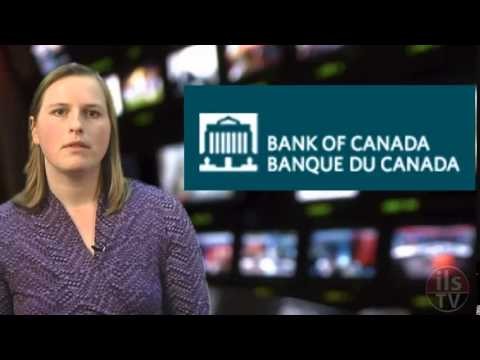5 Reasons to be optimistic about the economy_2
Post on: 16 Март, 2015 No Comment

Share Story
Richard Barrington | September 28, 2014 @ 7:24 pm
Editor's note: This article was originally published on Five Cent Nickel. It has been reprinted here with permission.
I find that defaulting to pessimism about the economy is a great way to hedge your emotional bets. If things turn out well, then I can count it a pleasant surprise. If things turn out badly, at least I have the satisfaction of having been right.
Lately, though, there have been some cracks in my gloomy facade. I look at economic data every day, and there is so much information that there is bound to be a mix of bad and good. (You can pretty much always spin the economy however you please.) Still, beyond the usual week-to-week gyration of data points, there are a number of trends that seem to have real significance for the economy and many of these happen to be positive.
So, coming from a confirmed skeptic, it should mean something that I can find five reasons to be optimistic about the economy:
- Job growth is up. First, some stats, then a discussion of what it all means. Job growth for the first half of 2014 reached nearly 1.4 million, the best first half to any year since 1999. Through July, employment growth had topped 200,000 for six consecutive months, the first time that has happened since 1997. People argue about the significance of the unemployment rate, because it does not capture the extent to which people who cannot find a job have stopped looking, or are underemployed in low-paying jobs. However, whatever the real unemployment rate is, if the economy keeps creating significant amounts of jobs month after month, eventually people are going to be encouraged enough to get back into the workforce, and wages will grow as demand for labor rises. Beyond that, though, job growth is the fuel that can help the rest of the economy run. Put those much-needed paychecks back into the economy, and it should have a magnifier effect from the resulting increase in spending.
- Economic growth bounced back beautifully from a bad first quarter. The economy actually shrunk in the first quarter of 2014, at an inflation-adjusted annual rate of 2.1 percent. Everybody blamed the weather, but since GDP statistics are seasonally-adjusted, one had to wonder whether last winter was really that much worse than the norm. Plus, even if the contraction of economic activity were due entirely to the weather, that kind of setback can have a lingering effect. So, second quarter GDP became a key economic release to watch. Real GDP growth for the second quarter was estimated at an annual rate of 4.0 percent initially, and was recently revised upward to 4.2 percent. Growth for 2014 may still come up short of original expectations because of the contraction in the first quarter, but the important thing going forward is that the economy seems to have recovered completely from that setback.
- Mortgage rates remain low. Despite reduced Federal Reserve intervention, mortgage rates have remained in a holding pattern at just over 4 percent. Can they stay that low forever? Probably not, but they dont need to. This was always going to be a timing game the goal was to have low mortgage rates support the housing market just long enough for the economy to gather its momentum, at which point stronger growth could provide enough demand to keep the housing market healthy even once mortgage rates started to rise. The key was for the economy to come around before mortgage rates rose significantly, and it looks like that may be happening.
- Housing prices continue to recover. Home prices have been rising since the beginning of 2012, which not only reflects a restoration of housing demand, but also has allowed more and more homeowners to get their mortgages out from under water. This gives those homeowners an opportunity to take advantage of still-low mortgage rates by refinancing, which in turn makes more money available to be put back into the economy.
- Inflation remains low. Janet Yellen and the Fed have worried that inflation might be too low, but that seems like a nice problem to have. After all, its not as if deflation has taken hold; instead, we have had a slow and steady inflation rate of 2 percent over the past year. That has allowed interest rates to remain low, which in turn has made many of the developments listed above possible.
You may notice I didnt mention the record high the stock market recently reached. While Im certainly happy with the gains, investing is a forward-looking exercise, and after five years of a rising market, one has to wonder where the market can go from here.
The irony might be that after five years of a strong stock market and a mediocre economy, we might be in for a few years of a mediocre stock market and a strong economy. Its an example of why, no matter how optimistic you choose to be about your finances and investments, optimism should always be tempered by caution.
Richard Barrington has earned the CFA designation and is a 20-year veteran of the financial industry.














